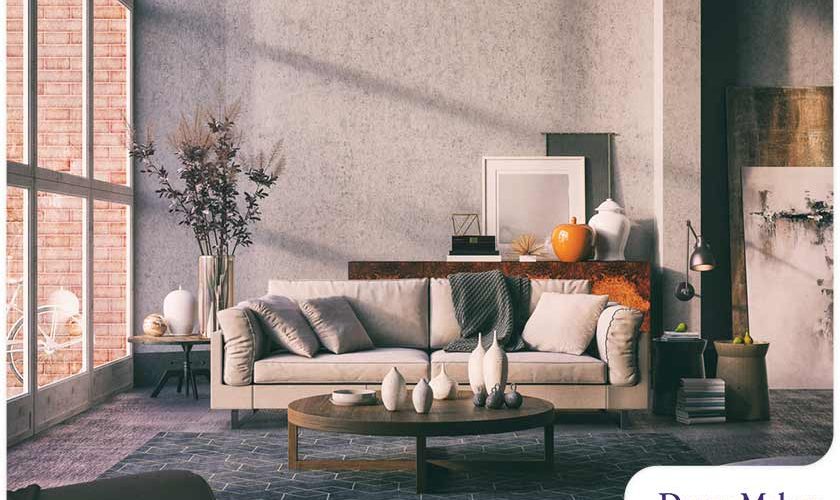
While trends come and go, asymmetry will always be a foundational principle of interior design. It’s one of the most basic concepts to understand when designing homes, and it can help you achieve your dream home remodeling project once you understand how it’s done. But first, let’s take a look at how asymmetry works in home design.
What Is Asymmetry?
Asymmetry is a type of balance that’s used in interior design. It’s one of three distinct forms of balance you can integrate in your project.
- Symmetrical/formal balance – This is created by taking a room and splitting it into two halves that reflect each other, for example, a living room that features a sofa with two identical tables at each end.
- Asymmetrical/informal balance – This is where the room is balanced by the repetition of similar forms, lines and colors, but not exact duplication or mirroring. For instance, a living room in an asymmetrical style could feature a sofa with an end table on one end and a floor lamp on the other.
- Radial balance – Radial balance is the least-used option on this list, but it involves similar objects being placed around a common center point. This can be seen in dining table arrangements where the same chair is used throughout.
Why Add Asymmetry?
The most common reason to add symmetry is that it creates more visual appeal. While the repetition of symmetrical arrangements will likely feel monotonous over time, asymmetrical elements keep the mind feeling refreshed. This has something to do with the way our brains process information, particularly where it aims to pick up on as many patterns and repetitions as possible. This makes the mirroring effect of symmetrical design a little stuffy for some people.
How to Integrate Asymmetry
If you’re planning to add asymmetrical elements in your home remodeling project, we recommend focusing on spaces that have a natural focal point, such as a kitchen, living room or fireplace. From here, you can plan the design you want. Adding asymmetry doesn’t have to be complicated; it can be as simple as arranging groupings in odd numbers and using different objects with similar colors, shapes and lines.
Get Design Advice From Our Pros
If you need help integrating asymmetry into your interior design, consult with a professional designer at DreamMaker Bath & Kitchen of Wilmington. Contact us by calling (910) 212-5889 or fill out our contact form. We serve Wilmington, Cape Fear, New Hanover, Carolina Beach, Carolina Place and all of Pender County, NC.








